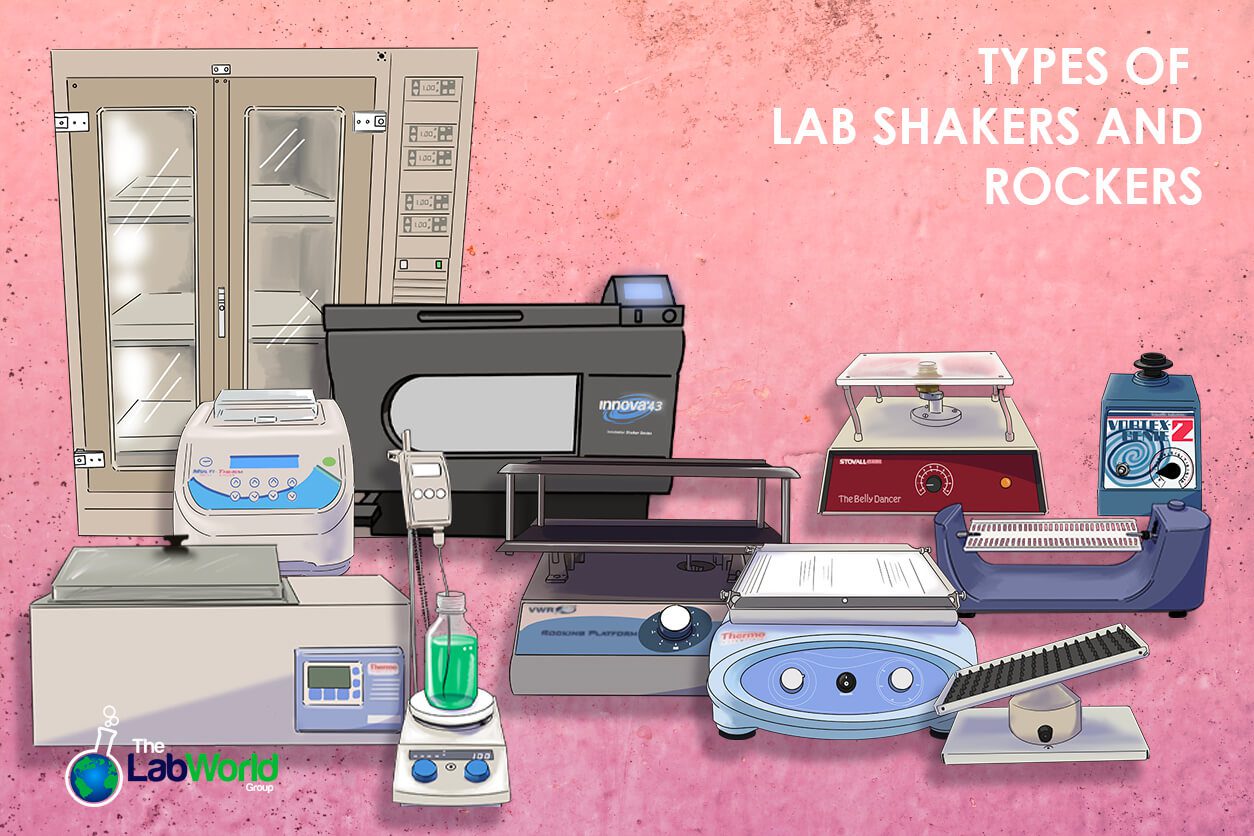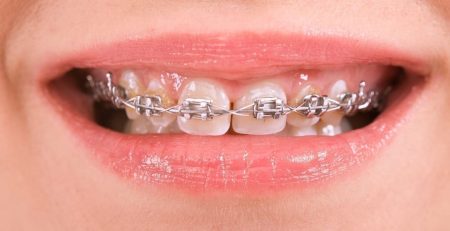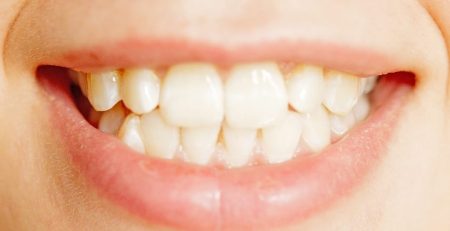
Types of Shakers, Rockers, and Mixers in the Laboratory
Amanda2024-07-22T13:55:33+00:00Understanding laboratory instruments’ distinct features and benefits is crucial for making informed decisions about which equipment to use in your experiments. As we’ve covered, agitation and mixing in the lab are critical elements of an experiment’s success. Over the years, as more precise protocols have evolved, this class of indispensable tools has also grown and changed to cater to various scientific needs. Each device serves a specific purpose, contributing to the efficiency and accuracy of experimental procedures. Here, we’ll delve into these essential laboratory instruments’ distinct features and benefits.
Laboratory Shakers
Orbital Shakers do just what the name suggests: They move in a circular motion, creating a gentle swirling action within the vessel. These shakers are commonly used in microbiology and biochemistry labs for growing bacteria and yeast, as the smooth, consistent motion is ideal for aerating samples and keeping the mixture evenly distributed, promoting growth.
Reciprocal Shakers are more aggressive, with a back-and-forth motion, making them suitable for extractions and washing procedures. The sloshing action can also add larger air bubbles to a mixture. Some platform shakers are combination shakers, offering orbital and reciprocal action to save room on a laboratory bench.
A rotator or rotisserie shaker will rotate vessels, often plugged test tubes end over end. Depending on the complexity of the machine, these may operate at a fixed, continuous speed. In contrast, others can be programmed to rotate, then reverse, then reverse again, or change speeds, thus catering to the needs of the culture.
A platform shaker is the way to go when you need a higher volume of shaking. These shakers hold multiple vessels with configurable clamps or a non-skid mat, providing simultaneous agitation.
Vortex Mixers
Vortex mixers are compact devices, often with variable speeds, used for quickly mixing small volumes of liquids in test tubes, flasks, or microplates. They create a vortex within the sample that applies downward pressure through the center, forcing the mixture up the sides in a loop, ensuring rapid and uniform mixing. These handy little workhorses are an everyday staple in a lab and are the go-to choice for tasks like resuspending particles after centrifuge runs, quick mixing, and sample preparation.
Magnetic Stirrers
These mixing tools use a bar coated with ceramic, plastic, or glass and a magnet below a surface such as ceramic or aluminum. Magnetic stir plates can range in size from very small to multi-point options, allowing multiple large flasks to be mixed under the same conditions simultaneously. Stir plates are often partnered with heating elements and ideally feature independent controls for flexible use.
Laboratory Rockers
Laboratory rockers are ideal for situations where a gentle movement is needed. Rocking mixers in the lab keep liquids moving in a low-impact way to prevent foaming. These work best for applications like staining and destaining gels, hybridization for even distribution, and cell culture to prevent cell damage. The motion of a lab rocker can be a simple 2D side-to-side action creating a tidal action or, in the case of a nutating mixer, orbit in all three dimensions. Users can usually adjust the mixing’s tilt, speed, and duration.
Shaking with Temperature Control
Partnering a shaking action with temperature control is often necessary to achieve the desired results. This can mean creating warm, active conditions for culturing cells or controlling the speed of an enzyme or catalyst’s reaction. Many options are available for adding heat or cooling while shaking; here are a few.
Incubator Shakers
Incubator shakers combine the functionalities of an incubator and a shaker, providing a controlled environment for growing microbial cultures while simultaneously shaking the samples. They can range in size from benchtop-based thermo shakers for test tubes and microplates to large-capacity stackable units. Adding heating or cooling control is essential for culturing temperature-sensitive organisms; some models offer humidity control and CO2 for specific applications.
Shaking Water Baths
A Shaking water bath allows you to heat your samples uniformly while adding more aggressive agitation. It also efficiently transfers heat more rapidly. The shaking action on these water baths can be orbital, reciprocating, or both.
Other Control Options
Some lab rockers and rotators are built to operate inside other equipment and conditioned rooms. CO2-resistant shakers are designed to resist corrosion from the slightly acidic environment within a CO2 incubator with high humidity. These specialized instruments are limited in speed so that the motor won’t add to the heat conditions within the incubator, and they have specially sealed electronics and components to avoid becoming a contamination vector.
Other shakers may be rated to operate outside of ambient conditions, such as in a cold room or a non-CO2 noncondensing incubator. These allow labs to maintain their workflow regardless of the location.
Conclusion
In summary, laboratory shakers, rockers, vortex mixers, and incubator shakers serve unique roles in scientific research. Understanding their distinct functionalities helps select the right equipment for your lab’s needs, ultimately contributing to more efficient and accurate experimental outcomes.
We carry just about every type of laboratory shaker, mixer, rotator, and incubator. Please chat with us about your specific task, and let us connect you with suitable instruments.













